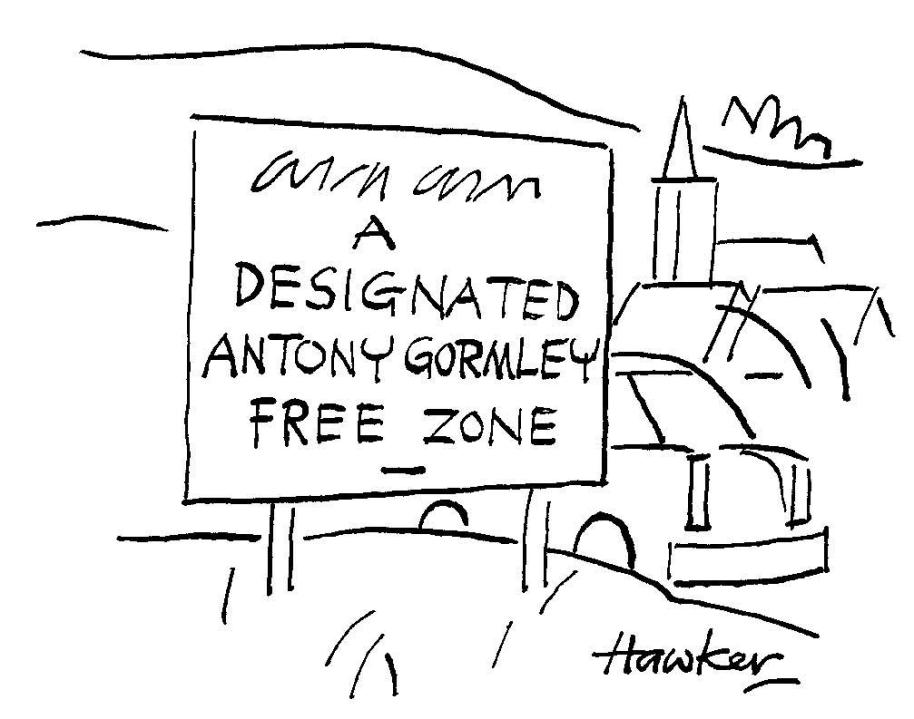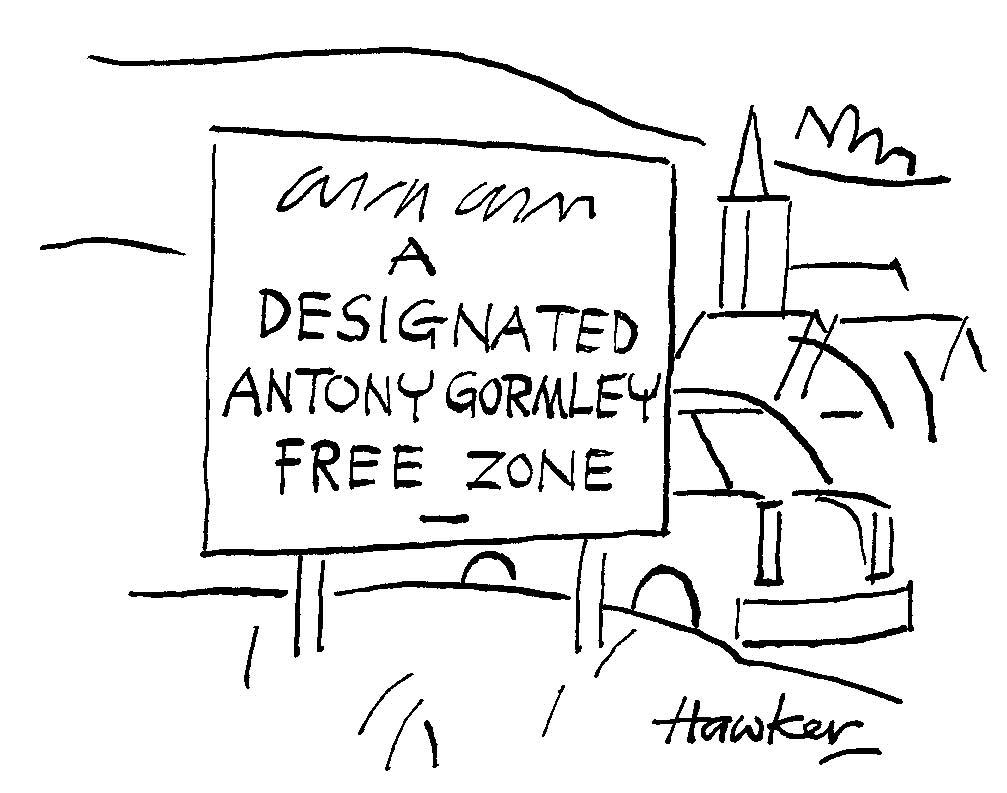I love statistics. Possibly my favourite is the one from Bjorn Lomborg’s The Skeptical Environmentalist: the total number of birds killed in the Exxon Valdez disaster was the same as are killed each day in the US flying into plate-glass windows or the same as are killed in Britain every two days by cats.
It’s good because you can use it in so many different ways: to annoy cat lovers; to amaze friends at dinner parties; and above all to bait those tortured souls for whom Exxon Valdez has become the ne plus ultra of the kind of Man Made Eco Armageddon that must never, at all costs, be allowed to happen again. Obviously, we’d all rather those little tweetie birdies didn’t die, but that’s not the point. The point is that when trying to formulate policies in response to events that have aroused great public emotion it’s especially important to stay cool and rational.
And that, argued Professor Hans Rosling in The Joy of Stats (BBC4, Tuesday), is exactly what statistics are for. They are ‘what tell us whether the things we think and feel are actually true’.
The first country to cotton on to this was Rosling’s native Sweden. In 1749, it began the first-ever national census, to find out just how many people there were actually living there. The Swedes guessed around 20 million. The result— two million — came as something of a shock to a country which, only a century before, had been one of the pre-eminent military powers in Europe.
By the following century, Britain had caught the bug, too. In 1842, someone even thought to compose a helpful map showing ‘Bastardy In England and Wales’ by county. (Norfolk had the most.) Statistics were an especial interest of Florence Nightingale, who spent two years compiling pie charts revealing what a shockingly large percentage of military deaths in the Crimea were avoidable.
Rosling himself is an engaging character. He came to prominence on the international lecture circuit by managing to make his special area of expertise — public health — seem somehow exciting and funny. His party trick is his animated graphs which show socio-economic trends through time, such as the one where he shows the inverse relationship between a country’s per capita GDP level and its birthrate. The richer people are, the fewer children they produce.
You might reasonably think that the natural conclusion to this fact is that the best way to deal with so-called ‘overpopulation’ is to help the Third World get richer as quickly as possible. But herein lies the big problem with statistics: they can be cherry-picked at will, so that if they say the thing you want them to say you’ll cite them ad nauseam, and if you don’t you’re sure to be able to find some other statistic that proves the exact opposite.
This rule applies just as well to life generally. W.S. Gilbert nailed it in Iolanthe when he wrote that ‘Every boy and every gal that’s born into the word alive is either a little Liberal or else a little Conservative’. It seems to be something that works entirely independent of education or even upbringing. It’s a mindset. A psychopathology, almost — at least where liberalism is concerned. Which brings me to Ian Hislop.
In so many ways, Hislop is one of the most reliable, delightful and watchable presenters on TV. But there’s no getting round it, his new series Ian Hislop’s Age of the Do-Gooders (BBC2, Monday) is about as much fun as three whole hours with a man and his model train set when you thought you were only popping in for a quick glance, not for a long treatise on rail gauges and how he goes about creating the tree effects on his diorama.
Hislop seems instinctively to sense that his hobby-horse has been somewhat overindulged by the BBC — ‘Tell you what, Ian. Promise you won’t leave Have I Got News For You and we’ll let you make your three-parter on — sorry, mate, excuse the yawn, up late last night, nothing to do with your really great idea — Victorian social reformers. Can’t say fairer than that now, can we?’— and compensates by mugging and grinning like a PG Tips chimp to show us all, it’s OK, he doesn’t take these worthy social reformers too seriously either.
Except, of course, he does. Hislop’s thesis is that the Victorians’ greatest legacy was to lay the foundations for all those extensive social-welfare programmes — everything from animal and children’s rights to healthcare — which we now have quite properly institutionalised within various branches of government.
But he has got completely the wrong end of the stick. Wilberforce, Doctor Barnardo, Lord Shaftesbury and all the other Do Gooders Hislop celebrates were not weird aberrations who sprang up in defiant opposition to the era to rescue it from its own selfishness and licentiousness. Rather, they are proof that in such happy times when government does not see it as its job to micromanage every last detail of social injustice, free citizens will rise to the occasion and do a much better job for a fraction of the cost.








Comments